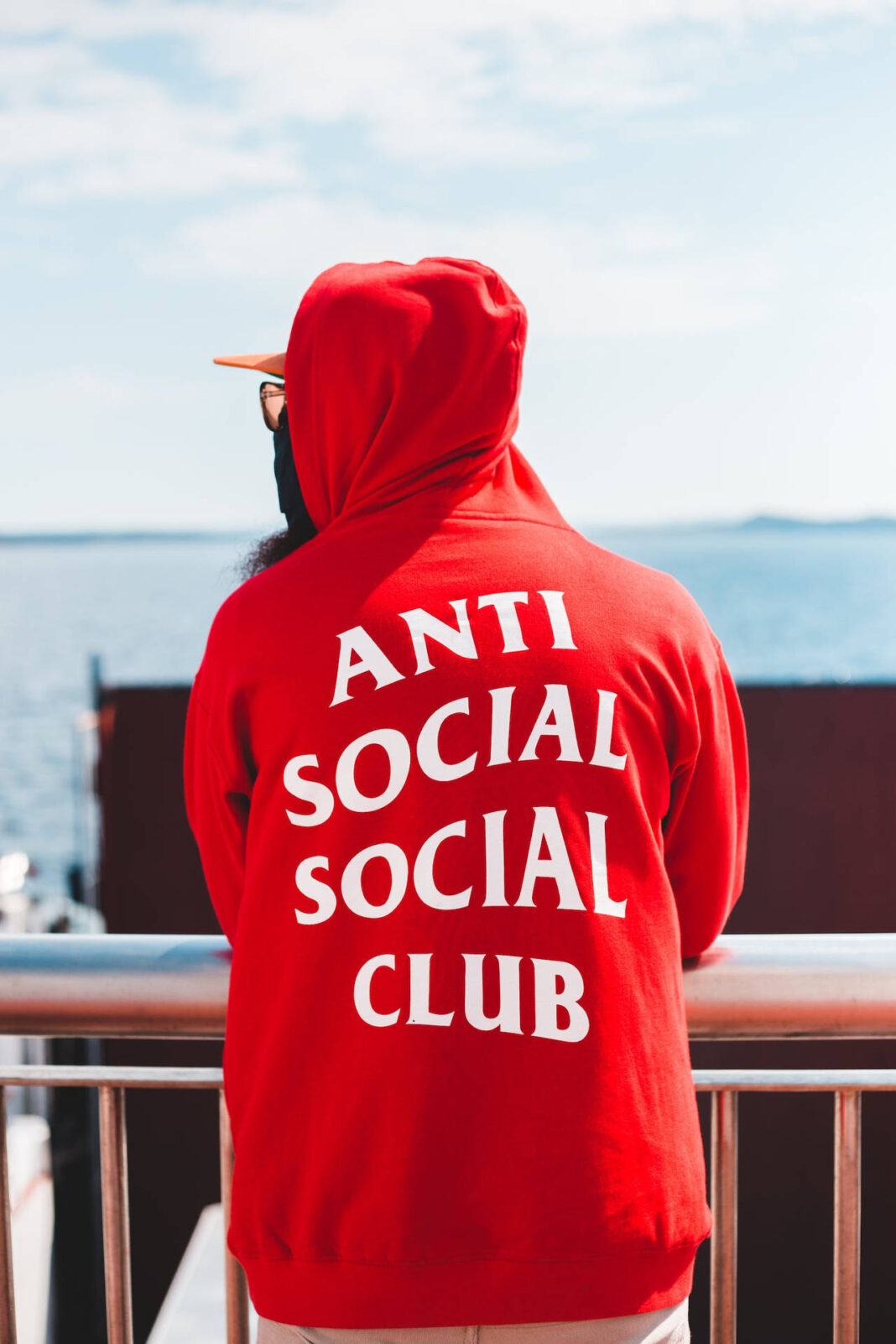In the dynamic world of fashion, niche brands often carve out their unique space and influence broader industry trends. Anti Social Social Club (ASSC) is one such brand that has made a significant impact since its inception. This article explores how Anti Social Social Club has shaped the fashion landscape, its distinctive brand identity, and its broader cultural and market influence.
The Rise of Anti Social Social Club
Anti Social Social Club was founded in 2015 by Neek Lurk, a visionary who sought to merge streetwear aesthetics with a personal message of self-reflection and social commentary. Lurk, who previously worked in the fashion industry, used his experience to craft a brand that would resonate deeply with a growing audience looking for authenticity. The brand’s name itself—a paradoxical blend of “anti-social” and “social”—mirrors the complexities of modern social interactions and appeals to a generation grappling with similar themes.
The brand’s initial success was driven by its ability to connect with a broad audience through limited releases and impactful marketing. The first collection, which featured simple designs with large, bold text, quickly garnered attention for its distinctive style and the emotional resonance of its messaging. The brand’s rapid growth was fueled by its strong presence on social media platforms and its ability to generate buzz through exclusive drops.
Brand Identity and Market Position
Anti Social Social Club’s brand identity is deeply intertwined with its minimalist design ethos and its critical stance on social norms. The brand’s aesthetic is characterized by a limited color palette, often dominated by black and white, and text-heavy graphics that make bold statements. This approach not only sets the brand apart visually but also reinforces its message of challenging conventional fashion norms.
Market positioning for Anti Social Social Club has been strategic, focusing on creating a sense of exclusivity and urgency. By releasing products in limited quantities and engaging in high-profile collaborations, the brand has cultivated a sense of scarcity that drives demand. This strategy has allowed Anti Social Social Club to maintain its relevance in an industry where trends shift rapidly and consumer preferences are ever-changing.
The Influence of Social Media
The role of social media in the success of Anti Social Social Club is profound. Platforms like Instagram, Twitter, and TikTok have become essential tools for the brand’s marketing strategy. Social media enables Anti Social Social Club to engage directly with its audience, share behind-the-scenes content, and promote upcoming releases.
Influencer partnerships and celebrity endorsements have further boosted the brand’s visibility. High-profile figures in the entertainment and fashion industries frequently wear and promote Anti Social Social Club products, enhancing the brand’s credibility and appeal. This social media-driven marketing approach has established Anti Social Social Club as a leading voice in contemporary streetwear.
Collaboration and Limited Editions
Collaboration is a cornerstone of Anti Social Social Club’s strategy. The brand has partnered with various designers, artists, and other fashion labels to create exclusive collections that capture the imagination of its audience. These collaborations often feature unique designs and limited runs, generating excitement and anticipation among consumers.
Notable collaborations include partnerships with brands like BAPE, Off-White, and Fear of God, which have resulted in highly coveted pieces that quickly sell out upon release. The limited edition nature of these products not only drives consumer demand but also reinforces the brand’s image as a trendsetter in the streetwear space.
The Impact on Fashion Culture
Anti Social Social Club’s influence extends far beyond its product offerings. The brand has played a significant role in shaping fashion culture by promoting a narrative of individuality and self-expression. Its messaging often challenges traditional fashion norms and encourages consumers to embrace their unique identities.
The brand’s emphasis on bold graphics and minimalism has influenced numerous streetwear labels, contributing to the broader evolution of fashion trends. Additionally, Anti Social Social Club’s success has highlighted the growing importance of niche brands in the fashion industry.
Market Analysis and Consumer Trends
A thorough market analysis of Anti Social Social Club reveals several key factors behind its success. Sales data indicates a strong and growing demand for the brand’s products, driven by its unique market positioning and effective marketing strategies. Consumer demographics show a diverse audience that includes fashion enthusiasts, collectors, and younger consumers seeking authenticity and exclusivity.
Trends in consumer behavior also highlight the brand’s appeal. Anti Social Social Club’s focus on limited edition releases and collaborations aligns with broader trends towards exclusivity and scarcity in fashion. The brand’s ability to tap into these trends has contributed to its continued success and relevance in a competitive market.
The Future of Anti Social Social Club
The brand’s ability to innovate and adapt to changing fashion trends will be crucial to maintaining its position as a leading streetwear label. Potential future developments include expanding product lines, exploring new market segments, and leveraging emerging technologies in marketing and retail.
The brand may also explore new avenues for collaboration and creative partnerships, further enhancing its appeal and influence. As the fashion industry continues to evolve, Anti Social Social Club’s ability to stay ahead of trends and maintain its unique identity will determine its future success.
Conclusion
Anti Social Social Club exemplifies the power of niche branding and modern marketing strategies. Its journey from a small startup to a global fashion phenomenon highlights the dynamic nature of the industry and the impact of creative brand building. The brand’s rise, distinctive identity, and cultural influence underscore the evolving landscape of fashion and the role of innovative brands in shaping industry trends.
This article provides a comprehensive overview of Anti Social Social Club, covering its rise, brand identity, social media influence, collaborations, cultural impact, market performance, and future prospects. By exploring these aspects, we gain a deeper understanding of how Anti Social Social Club has become a significant force in contemporary fashion.


